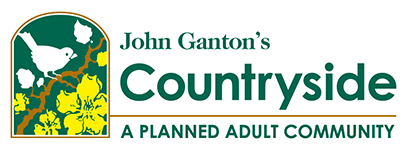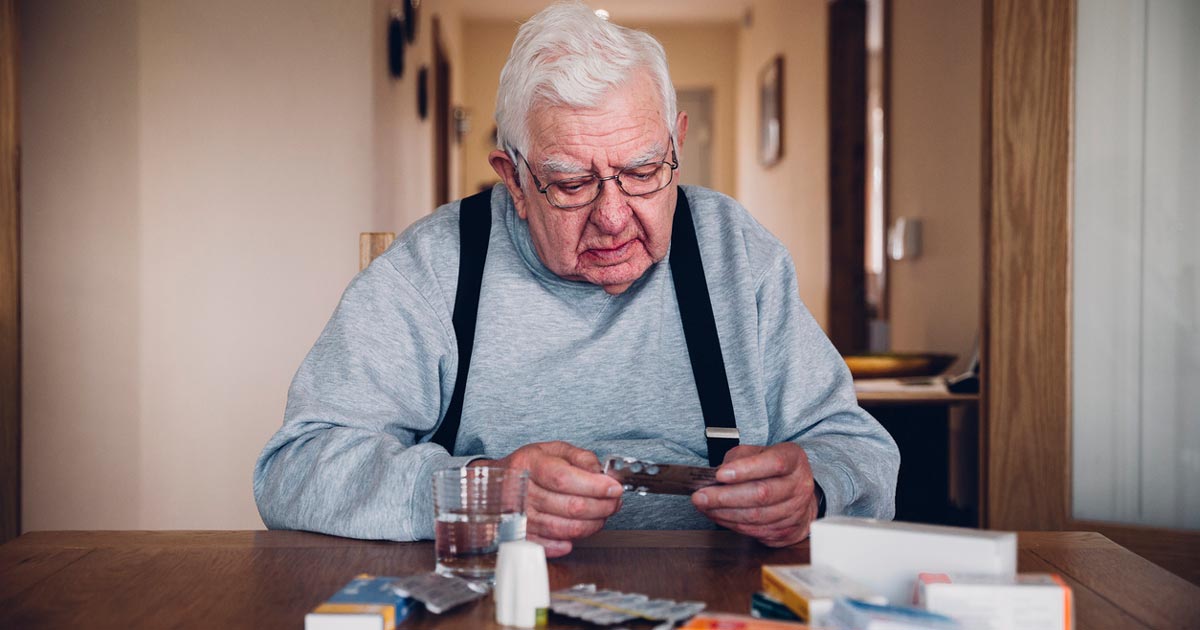Navigating aging can be difficult for seniors and their families as time takes its toll. Even the most healthy and active seniors can reach a point in their lives when they need more help than family, caregivers and they themselves can provide, and when it’s time to consider assisted living. While there is no simple equation for assessing when it’s time to move to the safety and security of an assisted living community, there are several signs that the time is near.
Sign #1 – Physical challenges that indicate it’s time to move to assisted living
Seniors can suffer a range of physical challenges from injuries to diseases to acute or chronic conditions that slow them down and threaten their safety. Among the most common are simply being unable to safely ascend or descend stairs and/or having poor overall mobility and balance, either or both of which present dangerous challenges for seniors, even those with regular home assistance. Other concerns include poor hearing and/or eyesight which can cause seniors to get hurt, miss important messages, or become unable to stay connected to family and friends. When just getting around the home safely becomes a problem, it’s time to take a look at assisted living options.
Sign #2 – Mental and behavioral challenges
Memory loss, dementia, Alzheimer’s disease, and Parkinson’s disease are all well-known triggers for considering assisted living. But seniors who live alone are also prone to depression, anxiety, substance abuse, and even suicide. Worst of all, many of these conditions can go untreated because they may seem inconsequential, coincide with the side effects of medications, or are considered just part of growing older. Also notable is that seniors may not share concerns about these conditions with family or physicians because of related stigmas that may cause them to feel ashamed or embarrassed. In some situations, the outcomes can be deadly.
According to the American Psychological Association’s article, “Growing Mental and Behavioral Health Concerns Facing Older Americans”:
- “Even though older Americans only make up 13 percent of the population, they account for 20 percent of the people who commit suicide. In fact, older Americans have the highest suicide rate of any age group.
- “Three-fourths of older adults who commit suicide have seen their physician in the past month.”
Since mental challenges are often combined with physical challenges, seniors at risk and their families should take stock and consider additional in-home care or an assisted living community.
Sign #3 – Recent falls or accidents indicate it’s time to move to assisted living
According to the Centers for Disease Control and Prevention, “Fall death rates in the U.S. increased 30% from 2007 to 2016 for older adults and if rates continue to rise, we can anticipate 7 fall deaths every hour by 2030.”
These very sobering statistics speak loudly about the need to protect seniors from falling. But until a fall happens, many seniors are just ticking time bombs waiting to fall and break a hip, sustain a brain injury or worse. The best way to prevent a fall is to provide a safe, uncluttered and accessible living space such as that in assisted living. Seniors get all the mobility assistance they need as well as having the opportunity to participate in exercises that help build strength, balance and self-sufficiency. And of course, there is always help close by to lend a hand when needed. Learn more about falls among older adults in the CDC article, “Important Facts about Falls.”
Sign #4 – Mismanaged medications
Most seniors are on at least a few medications for a variety of health problems and taking these medications as prescribed is essential to their survival. According to bemedwise.com’s blog, “Medication Management for Older Adults,” 48% of older Americans take at least one medication and “many older adults take three or more medications each day.”
Perhaps the most common concern is when seniors forget to take their medications on schedule or at all. But there are other common problems, including taking more than the prescribed dose in the hope that more is better, taking less due to side effects or inability to afford them, and taking some medications, such as those for pain, to the point that the senior becomes addicted, opening the door to a whole new range of health and safety concerns. When daily oversight for a senior on medications cannot be provided, assisted living is a great solution! In assisted living, residents can opt for a certified professional to dispense medications as prescribed so that families no longer have to worry about mismanaged medications for their loved one.
When seniors need more help staying safe and healthy than caregivers can provide, assisted living communities like Ganton’s Countryside offer a solution that’s hard to beat. For more information about Countryside, please call Margaret Nagel at (517) 206-5000 or download our brochure to learn about our care levels, cost, and amenities.


